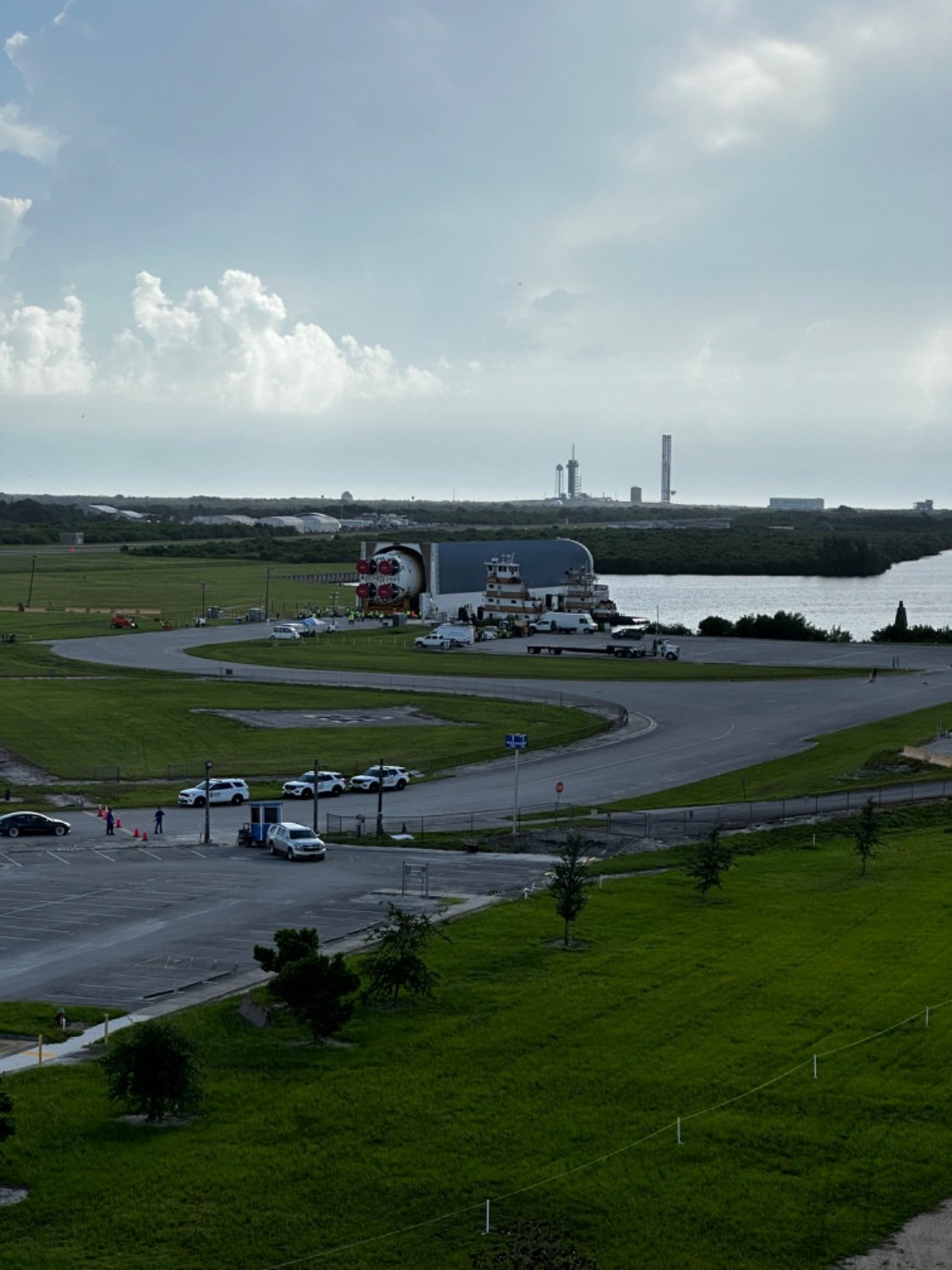Got it.
Space weather is weather - just like on Earth, it’s subject to so many unknowns and unknowable that reliable predictions are somewhere between really hard and totally impossible.
So - on Earth we don’t try to predict the exact weather that a given building is going to experience before we build it - that’d be super hard. Instead, we look at the rational maximum based on what we have seen and add some on top as a margin of safety… and that’s where we get building codes. Same applies in space - we make some measurements and add a factor of safety to cover our uncertainty. We have the same idea of building standards for pretty much everything except, to some extent, radiation.
The problem is that nobody has really found a workable solution for radiation shielding other than the EM shielding effects of large planetary bodies (see: Earth) or “thick shells of dense mass between the sensitive stuff and the outside.” Dense dumb mass is obviously not a great answer because of the launch cost - some have proposed using water, but you’d need a lot to provide adequate shielding… basically, you need a thick enough shell to match the wavelength of whatever radiation you’re shielding from.
I saw something kinda cool at AIAA Ascend from I think UMich that was proposing to basically pump enough electricity into space that the EM field would generate radiation shielding, but that’s like TRL 0 and electricity is also not always easy to come by.
Anyways, since there’s not a good answer for handling radiation, there’s no “building code” and the level of precision on the radiation level experienced is kinda irrelevant from an engineering standpoint. We can’t effectively protect against any amount, so if it’s >0, we have a problem.
I’d also suggest that from a “routinization” perspective you want a consistent building code, not a precise answer - because weather changes over time.

The reason I am generally skeptical of the technology is the same reason I’m not going to try to give you a definition.
I’ve never seen it solve a problem or be proposed as a reasonable solution to a problem. What happens instead is that someone says “could we do BLOCKCHAIN for this, it’ll make it way more modern” and the subset of people that want to look really forward-leaning and cool say “YEAH”. If that subset of people is loud enough, a lot of money gets spent and a bunch of implementers have to figure out how to jam in something they can say is blockchainy… leading to a proliferation of definitions.
The results have been universally more expensive applications with fewer helpful features. I don’t like “blockchain” because everything that touches it gets worse.